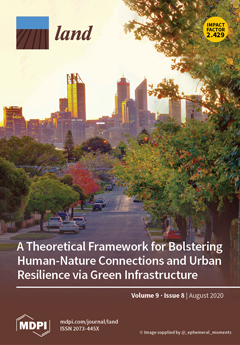Resource information
Analyzing multi-scale changes in landscape connectivity is an important way to study landscape ecological processes and also an important method to maintain regional biodiversity. In this study, graph-based connectivity was used to analyze the dynamics of the connectivity of natural habitats in the Long Yangxia basin of upper Yellow River valley from 1995 to 2015. We used the core areas of the nature reserves as the source regions to construct ecological networks under different thresholds, so as to identify key areas that can maintain overall landscape connectivity. The results showed that, from 1995 to 2015, the landscape connectivity in the study area increased for the first 10 years, and, since 2005, has declined. On a spatial scale, we found that both the connectivity of the ecological network and the length of the corridor increased with landscape resistance. Our analysis demonstrates the importance of the natural habitat in the southern part of the study area where connectivity was higher, as well as the sensitivity of connectivity of the northern area to human activities. Both large and medium patches contribute greatly to the overall landscape connectivity, while attention needs to be paid to the protection and management of small patches as they played “stepping stone” roles in maintaining and improving landscape connectivity. The proportions of landscape types that served as corridors, listed in order of their contribution to connectivity, were grassland, forestland, wetland and cultivated land. This suggests that, in addition to focusing on the protection of grassland and forest land, the reasonable planning and utilization of wetland and cultivated land will also have an impact on landscape connectivity. In addition, the protection of and improvement in habitats in the Sanjiangyuan Nature Reserve is of great significance to enhance landscape connectivity. Our study provides a scientific basis to support and improve regional landscape connectivity and biodiversity conservation over the next decade.


